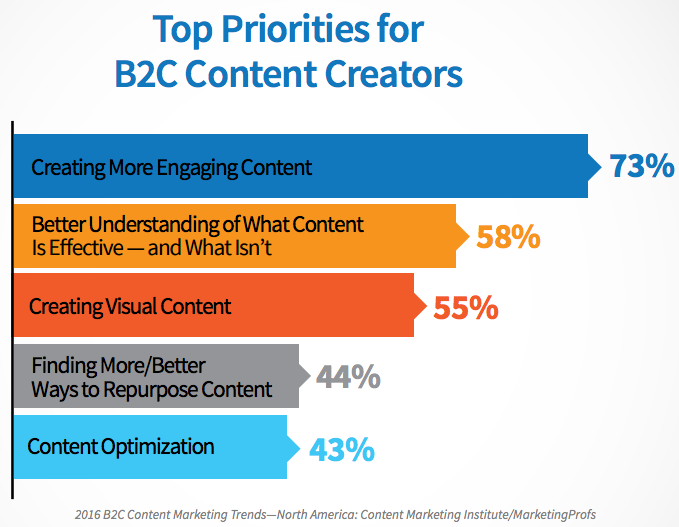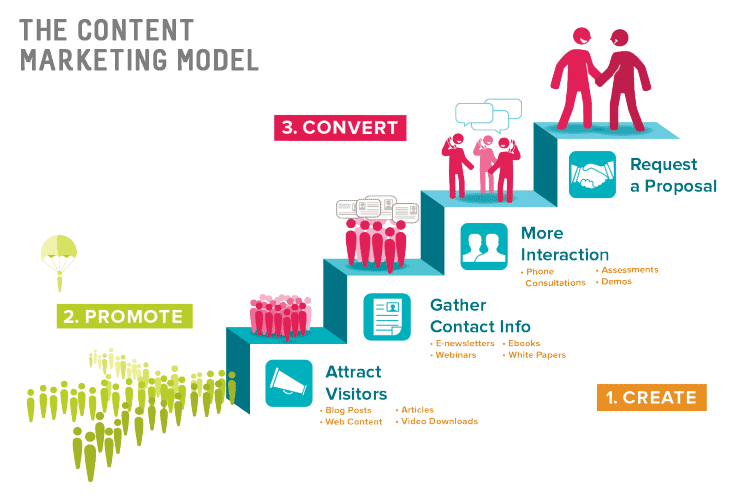
In order to become a successful personal brand online, you need to create and share high-quality content. Your content should be customized for each social media platform. Daily stories can be a great way for your audience to stay updated and engaged. In this article, we'll look at how you can best implement these new features. You'll also learn how to add your hobbies and interests into your profile description.
Your personal brand can be built on social media
Social media can help you build a personal brand. This includes attracting more people and having control over your brand's story. You can also gain new opportunities and develop partnerships through social media. It's important that you remember that personal branding is about consistency. This means that your persona must be consistent across all platforms. You can learn more about how to create your own personal brand on Facebook.
As with any other endeavor, there's no one-size-fits-all strategy for success on social media. A strong personal brand can be built on social media by making smart decisions about what content to share, and when to post it. Personal brands should be built around your unique name or career, and they should position you as an expert on the topic at hand. Below are some suggestions for creating a personal social media brand.

Share and create high-quality material
In order to build a strong personal brand through social media, you must create and share relevant content across different platforms. LinkedIn is a great place to meet professionals, while Facebook is the most widely used social network for personal brand building. Join affinity groups and cultivate connections. This can also help you get noticed by your target audience. No matter what platform you use, quality content creation and sharing is important.
Adapting your content to each social media channel
Social media content can be tailored to any audience. As consumers demand more flexibility in their content, your brand must be able to adapt to various channels. If your brand doesn't have enough content, customers will quickly move on to other brands. If you are aware of which content type will work best on each platform, it is possible to repurpose your content. Instagram users love visual content. Videos and high-quality imagery are therefore the best content.
Because audience preferences are different between social media platforms, it is important to adapt your content to each platform. Content on Facebook is more personal, while on LinkedIn it's more professional. Although your brand personality should remain consistent across channels and platforms, you should tailor your presentation to each platform. It won't work to copy content, but a personal approach will result in higher engagement. You can make the most out of every channel by focusing on a specific audience.

Include your interests and skills within your profile description
You can make your profile stand out by including your interests and hobbies in your social media profiles. These interests show that you're a well-rounded person with skills relevant to your job. You need to be careful. You should not list your hobbies in your description. This could distract from important information. Here are some tips to help you write your interests section. A few hobbies and interests are great for demonstrating your cultural fit.
FAQ
What is Content Marketing?
It's a strategy that involves creating valuable and relevant content on your website or blog. This content includes videos, images, text, infographics, etc., and it helps you attract new customers and keep existing ones engaged.
What is a Content Strategist?
Content strategists are able to help brands tell their stories by creating engaging messages that resonate with their customers. They are storytellers that tell stories about brands to help people make decisions and then take action.
Content strategists are skilled at creating strategies that will engage customers and prospects. They use data analytics and storytelling to create experiences that are inspiring customers to go to stores, buy products, and share their excitement online.
They also understand how to integrate social media platforms into these campaigns. They also use technology tools like virtual reality and video to create powerful customer experiences.
A content strategist is responsible for translating these ideas into concrete plans that marketers can implement. This includes creating content that can be used on different media (such as television or print), and developing creative briefs. Budget management is also an important part of the job.
Are you a SEO expert for Content Marketing? Yes!
SEO experts are experts in how search engines like Google rank pages. They can also identify the keywords you should target when optimizing pages.
Statistics
- According to the Content Marketing Institute, 70% of B2B marketers and 86% of B2C marketers surveyed use content marketing in some form or other. (criteo.com)
- Measure your goals with a progress indicator of 0-100%. Make your goals collaborative and transparent (semrush.com)
- We found that 40% of businesses don't have a documented strategy yet. (semrush.com)
- Out of the 1,500 marketers we surveyed for our State of Content Marketing report, 78% who felt their content marketing strategy was exceptionally effective in 2021 had documented their strategy. (semrush.com)
- In fact, would pay more for a better customer experience, and 86% of B2B buyers would pay more. (neilpatel.com)
- To further show the importance of this, 89% of people have stopped doing business with a company because of a poor experience. (neilpatel.com)
- Forty-seven percent of buyers view 3 to 5 pieces of content before engaging with a sales representative. (mailchimp.com)
- According to our research, brand awareness, attracting traffic, and generating leads remain the key content marketing goals in 2022. (semrush.com)
External Links
How To
How can I create a content market strategy?
Understanding what content you want to create is the first step. Once you've established your content goals, it's time for you to create the content. This could mean creating an editorial calendar and planning the source of these content. Every piece of content should have a purpose. It doesn’t matter whether you are writing blog posts, social media updates or e-books. They all need to serve one purpose.
After you have decided what type of content you want, it is important to identify your target market. What are their interests and what do they care about?
Next comes the task of identifying your target audience and finding ways to communicate. While social media platforms are a great way to connect with people there are other options such as webinars, podcasts and videos.
After deciding how you will communicate with your market, the next step is figuring out what topics and types of content you want to cover. This goes back to the purpose of writing the content. What problem is it solving? Is it useful? Will it make their life easier?
Now that you know what kind of content you write, it's time to figure out what you want to say. So, do you want to share information on your industry? On current events? On specific products and services? This is your focus.
Once you have answered all of these questions, it is time to put everything together into one package.
It is important to make sure that each piece of content you create serves its intended purpose. It is important to not waste time or energy. Therefore, you should ensure that every piece of content you create has quality.
You must remember that a content marketing strategy of great quality has many parts.